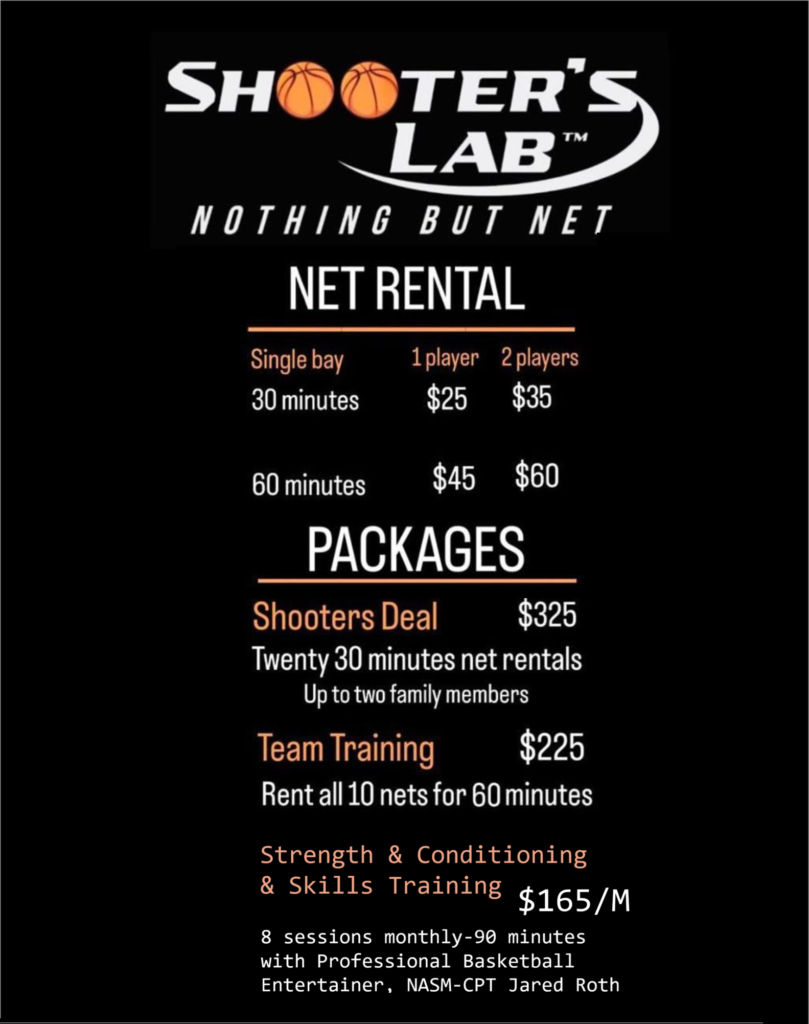
So long as you make dents in your debts, your interest expenses will decrease month to month. But at a given moment, this amount can be hundreds or thousands of dollars piling onto your plate, in addition to your regular payments and other business expenses. The times interest earned formula is calculated on your gross revenue that is registered on your income statement, before any loan or tax obligations.

What is the Times Interest Earned Ratio (Cash Basis)?
- However, the TIE ratio is an indication of a company’s relative freedom from the constraints of debt.
- The times interest earned (TIE) formula was developed to help lenders qualify new borrowers based on the debts they’ve already accumulated.
- The Analyst is trying to understand the reason for the same, and initializing wants to compute the solvency ratios.
- It gave the investors an idea of shareholder’s equity metric and interest accumulated to decide if they could fund them further.
- Downturns like these also make it hard for companies to convert their sales into cash, hindering their ability to meet debt obligations even with a good TIE ratio.
- When it comes to analyzing a company’s financial health, financial ratios play a crucial role.
A relatively high TIE-CB ratio indicates that a company has a lot of cash on hand that it can devote to repaying debts, thus lowering its probability of default. Conversely, a low TIE-CB means that a company has less cash on hand to devote to debt repayment. As with all these metrics, as an investor or owner, or manager, you could devise variations. For instance, a similar ratio could be applied to preferred dividends by dividing net income by preferred dividends in order to monitor the company’s ability to pay those dividends. When analyzing a company’s financial health, the balance sheet is one of the most important documents.
Evaluate all costs

It highlights a company’s capacity to fulfill its interest expenses based on operating income. A high TIE ratio often correlates with lower risk, implying that the company can comfortably meet its interest rate payments from its earnings before interest and taxes (EBIT). On the other hand, a low TIE indicates higher risk, suggesting that operational earnings are insufficient to cover interest expenses, potentially leading to solvency concerns. The Times Interest Earned Ratio is a crucial financial metric to assess a company’s ability to meet its interest obligations. This ratio is the number of times a company could cover its interest expenses with its operating profit.
What is Times Interest Earned Ratio (TIE)?

Generally, companies would aim to maintain an interest coverage of at least 2 times. Interest cover of lower than 1.5 times may suggest that fluctuations in profitability could potentially make the organization vulnerable to delays in interest payments. Interest Coverage Ratio indicates the capacity of an organization to pay its interest obligations. An interest cover of 2 implies that the entity has sufficient profitability to bear twice the amount of its current finance cost. When interest rates decrease or creditworthiness improves, refinancing high-interest debt Debt to Asset Ratio with lower-cost options can significantly reduce interest expenses.
As a general rule of thumb, the higher the times interest earned income statement ratio, the more capable the company is at paying off its interest expense on time (and vice versa). A company’s capitalization is the amount of money it has raised by issuing stock or debt, and those choices impact its TIE ratio. Liberated Stock Trader, founded in 2009, is committed to providing unbiased investing education through high-quality courses and books.

- A ratio of less than one suggests that a company may be unable to meet its interest obligations and is thus more likely to default on its debt; a low ratio is also a significant signal of probable bankruptcy.
- Interpreting this result, we can deduce that Company XYZ’s operating income is five times greater than its interest expenses.
- This is a detailed guide on how to calculate Times Interest Earned (TIE) ratio with thorough interpretation, example, and analysis.
- However, keep in mind that this indicator is not the only way to interpret or size a company’s debt burden (nor its ability to repay it).
- The times interest earned ratio (interest coverage ratio) can be used in combination with a net debt-to-EBITDA ratio to indicate a company’s ability for debt repayment.
Understanding a company’s times interest earned is crucial in evaluating its financial strength. The times interest earned (TIE) ratio calculator is used to assess a company’s ability to meet its debt obligations. This metric, also known as the interest coverage ratio, provides insight into how easily a firm can pay the interest on its outstanding debt. To assess a company’s ability to pay principal plus interest on debt, you can also use the debt service coverage ratio.
It’s a times interest earned ratio vital component of a company’s financial statements, allowing for more informed decisions. This ratio provides a tangible metric for stakeholders to measure and compare the business’s ability to honor its debt obligations over time. The Times Interest Earned (TIE) ratio measures a company’s ability to meet its debt obligations on a periodic basis.
This ratio is a type of financial analysis that provides valuable insight into a company’s financial health and its ability to cover interest expenses without financial stress. The times interest earned ratio (TIE) measures a company’s ability to make interest payments on all debt obligations. Learn more about how to forge a path to success in your accounts payable processes. The times interest earned ratio (interest coverage ratio) can be used in combination with a net debt-to-EBITDA ratio to indicate a company’s ability for debt repayment. With that said, it’s easy to rack up debt from different sources without a realistic plan to pay them off. If you find yourself with a low times interest earned ratio, it should be more alarming than upsetting.




